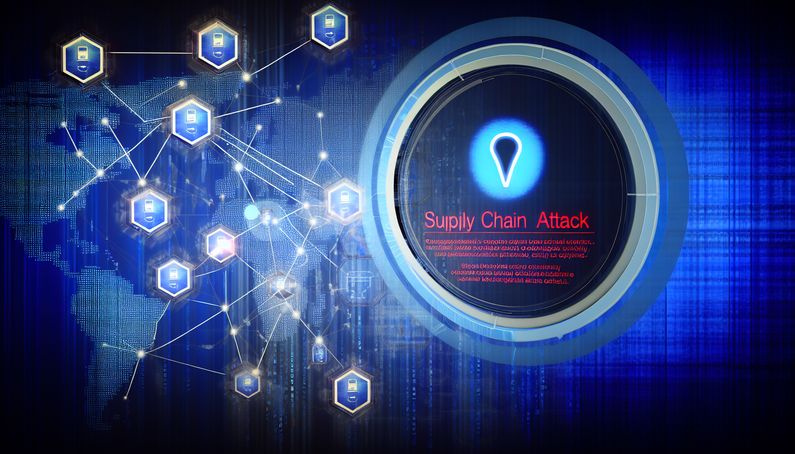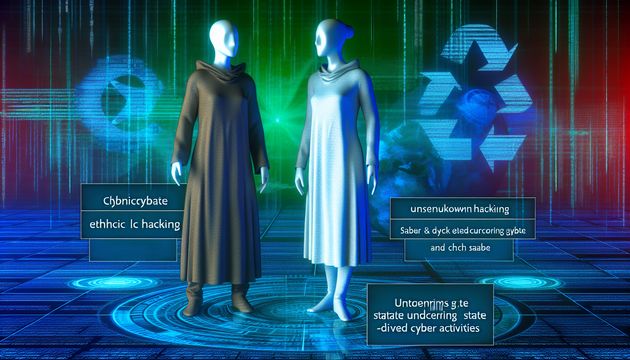
Understanding the Gluestack NPM Supply Chain Attack: Lessons and Future Prevention
The recent supply chain attack on Gluestack NPM packages has sent ripples through the JavaScript development community. This incident, which involved the insertion of malicious code into 16 popular packages, including the react-native-aria series, highlights the vulnerabilities inherent in the software supply chain. The attack was first identified on June 6, 2023, when a new version of the react-native-aria/focus package was published on NPM, containing a remote access trojan (RAT) that allowed unauthorized access to systems (BleepingComputer). With over 950,000 weekly downloads, the impact was significant, affecting numerous developers and projects. This event underscores the critical need for robust security measures in managing software dependencies and highlights the importance of continuous monitoring and rapid response to mitigate such threats.
Technical Details of the Attack
Compromise Mechanism
The supply chain attack on Gluestack NPM packages was executed through the introduction of malicious code into 16 popular packages, including the react-native-aria series. The attack began on June 6, 2023, with the publication of a new version of the react-native-aria/focus package on NPM. This version contained code that functioned as a remote access trojan (RAT), allowing attackers to gain unauthorized access to systems using these packages. The threat actors continued to publish compromised versions, with the most recent update occurring just two hours before the report by BleepingComputer.
Malicious Code Characteristics
The malicious code embedded within the compromised packages was designed to execute upon installation. It acted as a RAT, enabling attackers to remotely control infected systems. This type of malware typically allows threat actors to perform a variety of actions, such as data exfiltration, credential harvesting, and further propagation within a network. The specific capabilities of the RAT in this attack included the ability to execute arbitrary commands, access sensitive data, and potentially deploy additional malware payloads.
Distribution and Impact
The Gluestack NPM packages, particularly the react-native-aria series, are widely used within the JavaScript development community, with over 950,000 weekly downloads. This widespread usage significantly amplified the impact of the attack, as many developers unknowingly integrated the compromised packages into their projects. The attack highlighted the vulnerabilities inherent in the NPM ecosystem, where a single compromised package can affect a vast number of applications and systems (BleepingComputer).
Detection and Response
The attack was initially discovered by cybersecurity firm Aikido Security, which identified the suspicious activity and alerted the community. In response, affected packages were removed from the NPM repository, and developers were advised to audit their dependencies and update to safe versions. The incident underscored the importance of continuous monitoring and rapid response mechanisms to mitigate the impact of supply chain attacks (BleepingComputer).
Lessons Learned and Future Prevention
The Gluestack NPM package compromise serves as a cautionary tale for developers and organizations relying on open-source software. It emphasizes the need for robust security practices, including dependency management, code auditing, and the use of tools that can detect malicious activity within software packages. As supply chain attacks become more sophisticated, the development community must prioritize security to protect against future threats. This includes implementing strategies such as code signing, continuous integration and deployment (CI/CD) pipeline security, and collaboration with security researchers to identify and address vulnerabilities proactively (Medium).
Final Thoughts
The Gluestack NPM package compromise serves as a stark reminder of the risks associated with open-source software. As supply chain attacks become increasingly sophisticated, the development community must prioritize security to protect against future threats. This includes implementing strategies such as code signing, CI/CD pipeline security, and collaboration with security researchers to proactively address vulnerabilities (Medium). The incident also highlights the importance of community vigilance and the need for developers to audit their dependencies regularly. By fostering a culture of security awareness and adopting advanced security practices, the industry can better safeguard against the evolving landscape of cyber threats.
References
- BleepingComputer. (2023). Supply chain attack hits Gluestack NPM packages with 960k weekly downloads. https://www.bleepingcomputer.com/news/security/supply-chain-attack-hits-gluestack-npm-packages-with-960k-weekly-downloads/
- Rizqi Mulki. (2025). Supply chain attacks through NPM packages: Prevention strategies for 2025. Medium. https://medium.com/@rizqimulkisrc/supply-chain-attacks-through-npm-packages-prevention-strategies-for-2025-ed6463877e35



